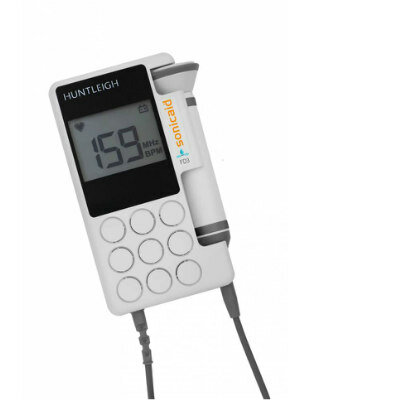MR Technique Helps Measure Cardiac Regional Contraction
By MedImaging International staff writers
Posted on 03 Feb 2010
Strain encoding (SENC) is a new magnetic resonance imaging (MRI) technique designed to help clinicians measure regional contraction, or relaxation, of the heart's myocardium. Posted on 03 Feb 2010
Diagnosoft (Cary, NC, USA) SENC enables quantification of cardiac MRI data to improve diagnosis and guide monitoring and treatment of coronary artery disease. Ultimately, SENC provides an objective and rapid way to assess regional variations in muscle contraction due to ischemia, myocardial infarction, or other causes by measuring the motion of the segments of the heart, including regional strain and twisting of the left ventricle. Strain maps produced by Diagnosoft HARP clearly show the degree and exact location of regional dysfunction.
Utilizing SENC, image quantification is produced in a very short time, much shorter than the acquisition time. In fact, the maps of strain distribution from SENC can be produced instantaneously on the MRI scanner.
The technology requires a pulse sequence that is currently available for Phillips Healthcare (Best, The Netherlands) scanners. Features include analyzing short and long access for both the right and left ventricles and exporting color-coded Bulls-eye charts and graphic charts along with numerical values.
Related Links:
Diagnosoft














